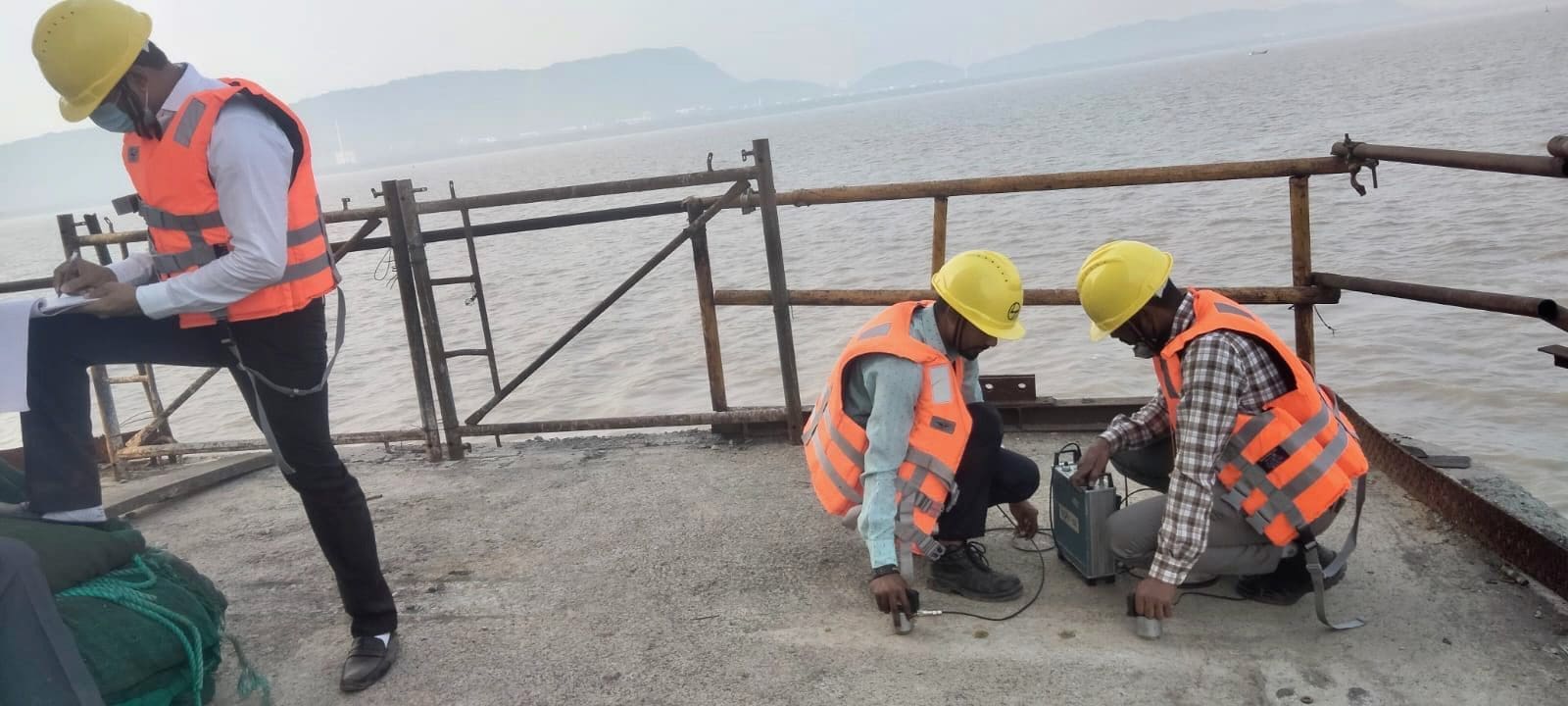The Crucial Role of Non Destructive Testing in India & Construction Industry
Introduction
Non-Destructive Testing (NDT) is a pivotal technique that has revolutionised quality control and safety assessment across various industries in India. As the nation continues to grow and develop in sectors like infrastructure, manufacturing, aerospace, and energy, the importance of NDT cannot be overstated. This article delves into the significance of NDT for India, exploring its applications, benefits, and how it can contribute to the country’s development.
Understanding Non Destructive Testing in India
Non-Destructive Testing (NDT) refers to a wide range of inspection techniques used to evaluate the properties of materials, components, and structures without causing any damage to the tested item. NDT methods are indispensable tools that help ensure safety, reliability, and compliance with regulatory standards across diverse industries. In India, these methods have gained immense significance and are commonly employed in sectors such as construction, manufacturing, aerospace, and energy.
NDT Techniques and Applications in India
Ultrasonic Testing (UT): Ultrasonic testing uses high-frequency sound waves to detect flaws or assess material thickness. This technique is extensively used in India’s manufacturing and construction sectors to check for defects in welds, forgings, and structural components.
Radiographic Testing (RT): Radiographic testing employs X-rays or gamma rays to inspect the internal structure of an object. This technique is vital in ensuring the quality and integrity of welds in the petrochemical and nuclear industries.
Magnetic Particle Testing (MPT): MPT is commonly used to detect surface and near-surface flaws in ferromagnetic materials. It plays a crucial role in the railway industry, ensuring the safety of tracks and components.
Liquid Penetrant Testing (LPT): LPT is essential for identifying surface defects on non-porous materials, like aluminium and plastics. This technique is widely applied in the aerospace and automotive industries.
Eddy Current Testing (ECT): ECT is employed to assess the integrity of conductive materials, making it indispensable in the aviation and nuclear power industries.
Importance of NDT for India
Infrastructure Development: As India invests heavily in infrastructure development, NDT becomes a critical tool to ensure the longevity and safety of structures. Bridges, pipelines, and buildings require regular inspection to identify structural weaknesses and defects that could lead to catastrophic failures. By employing NDT, these issues can be identified and resolved before they become major concerns.
Manufacturing Excellence: The manufacturing sector in India is booming, with a focus on producing high-quality goods for both domestic consumption and export. NDT helps maintain the quality and safety of products, ensuring they meet global standards. This, in turn, boosts the nation’s reputation as a reliable manufacturer.
Aerospace Advancements: India’s aerospace industry is rapidly evolving, with ambitious projects like ISRO’s space missions and the development of indigenous fighter jets. NDT is crucial in the aerospace sector for identifying defects in materials, components, and welds, ensuring the safety of both aircraft and space vehicles.
Energy Sector: India’s energy sector, including nuclear power plants and oil refineries, relies on NDT for regular inspections. Ensuring the safety and integrity of critical infrastructure in this sector is vital to prevent accidents and environmental disasters.
Safety and Cost Savings: NDT not only enhances safety but also leads to substantial cost savings. Preventing accidents and reducing downtime due to equipment failure can save companies and the government a considerable amount of money.
Global Competitiveness: To compete on the global stage, Indian industries must adhere to international standards. NDT is a key component in meeting these standards, ensuring that Indian products and infrastructure are recognized for their quality and safety.
Challenges and the the path ahead Non Destructive Testing in India:
While NDT offers numerous benefits, it is not without its challenges in India. These include a shortage of skilled NDT professionals, outdated equipment, and the need for consistent regulatory enforcement. To harness the full potential of NDT, India must address these issues:
Training and Certification: India needs to invest in NDT training and certification programs to produce a skilled workforce capable of operating advanced NDT equipment.
Equipment Upgradation: Upgrading equipment and technology is essential to keep up with global standards and maintain the integrity of NDT assessments.
Regulatory Compliance: Stricter regulatory enforcement is required to ensure that NDT is not just an option but a necessity across industries. Implementing and adhering to relevant standards is crucial.
Research and Innovation: Encouraging research and innovation in NDT can lead to the development of new techniques and tools, making the process more efficient and cost-effective.
Conclusion
Non-destructive testing in India is a cornerstone of quality assurance, safety, and competitiveness in India. As the nation continues to grow and diversify across industries, NDT’s significance becomes increasingly pronounced. By recognizing the importance of NDT and investing in the necessary training, equipment, and regulations, India can ensure that its infrastructure, manufacturing, aerospace, and energy sectors remain safe, efficient, and globally competitive. NDT isn’t just a technique; it’s a path to progress and excellence in the 21st century.





